Bird News from Robin Newlin
Little Egret Egretta Garzetta ©Robin Newlin
Strong winds kept the boats in port on the 16th. Arriving mid-day on 4’17, I did an afternoon’s reconnaissance of the southern part of the island, from quarry to boardwalk to school and stream/reservoir. First bird off the boat was a Yellow-browed Bunting; I saw a few more of these during the day as well as slightly more Black-faced Buntings. My feeling was that the island felt fairly “birdy”—but in an early-spring sort of way, with e.g. moderate numbers of Red-flanked Bluetails (c.30), Daurian Redstarts, Bramblings, Stejneger’s Stonechats, Pale Thrushes (c.40), and Dusky Thrushes. The boardwalk area held small numbers of Blue Rock Thrushes, Barn Swallows, and White Wagtails; there were three Red-billed Starlings, several Brown-eared and two or three Light-vented Bulbuls. A Great Crested Grebe in the harbor. One or two Yellow-browed Warblers called invisibly, as did a Eurasian Hoopoe above the village. A Siberian Blue Robin sang somewhere up-slope. Around the school: A Chinese Blackbird, a Grey Thrush, single Daurian and Chestnut-cheeked Starlings, a White’s Thrush, three Hawfinches, and about eight Chinese Grosbeaks. Near the stream and reservoir: a couple each of Olive-backed and Buff-bellied Pipits, a few Dusky and Korean Bush warblers, a Naumannn’s Thrush, two (probable) Swinhoe’s Snipes, a Little Grebe, and the day’s (and trip’s) highlight: a Chinese (Song) Thrush, which stopped briefly atop a pine then flew up toward the army base.
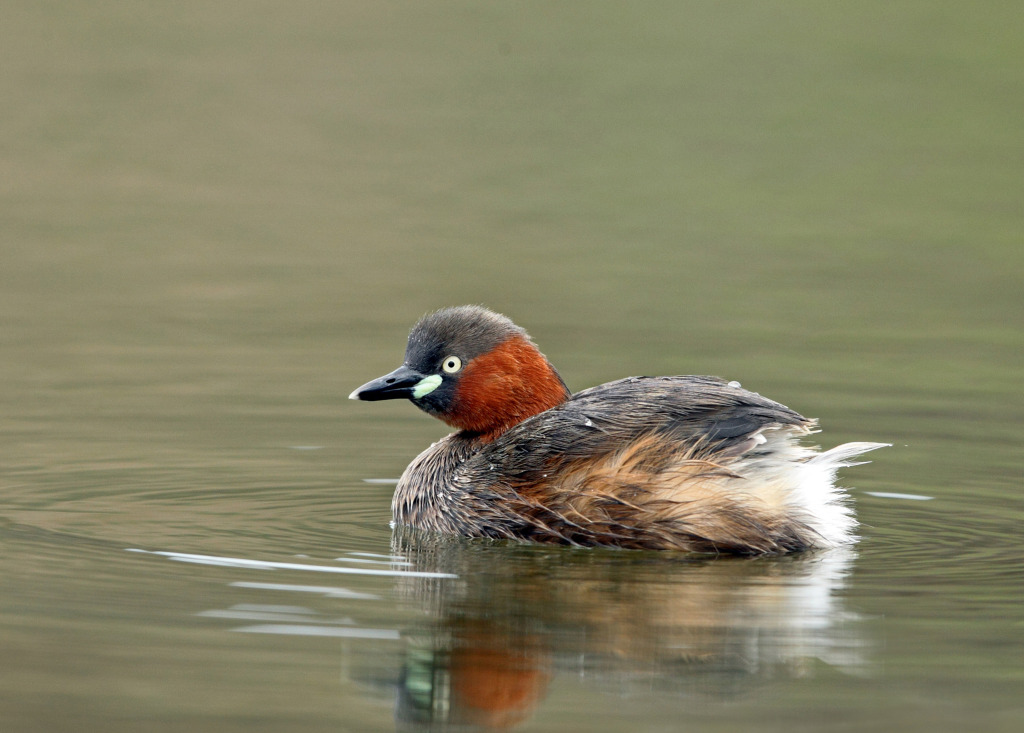
Little Grebe Tachybaptus ruficolis ©Robin Newlin

Blue Rock Thrush Monticola solitarius ©Robin Newlin
4’18 saw little change (if anything, some diminishment) in the general population: additional species included a Chestnut-eared Bunting, a few Little and Tristram’s Buntings, a couple of Brown-headed Thrushes, a single Blue-and-white Flycatcher, a few Asian Stubtails, a Japanese Sparrowhawk, a single Pacific Swift and a White-breasted Waterhen. Little and Intermediate Egrets were joined by a small influx (four birds) of Striated Herons.

Stejneger’s Stonechat Saxicola stejnegeri ©Robin Newlin
4’19 brought rain through the day— notable were a Little Whimbrel seen briefly in flight, about eight Mandarin Ducks on wing, and a small flock of Euarsian Siskins.
4’20. Rain lingered until the afternoon; not surprisingly, some new shorebirds appeared: a Pacific Golden Plover, two Mongolian Plovers, a Common Greenshank, a single Red-necked Stint, and a pair of Common Sandpipers.
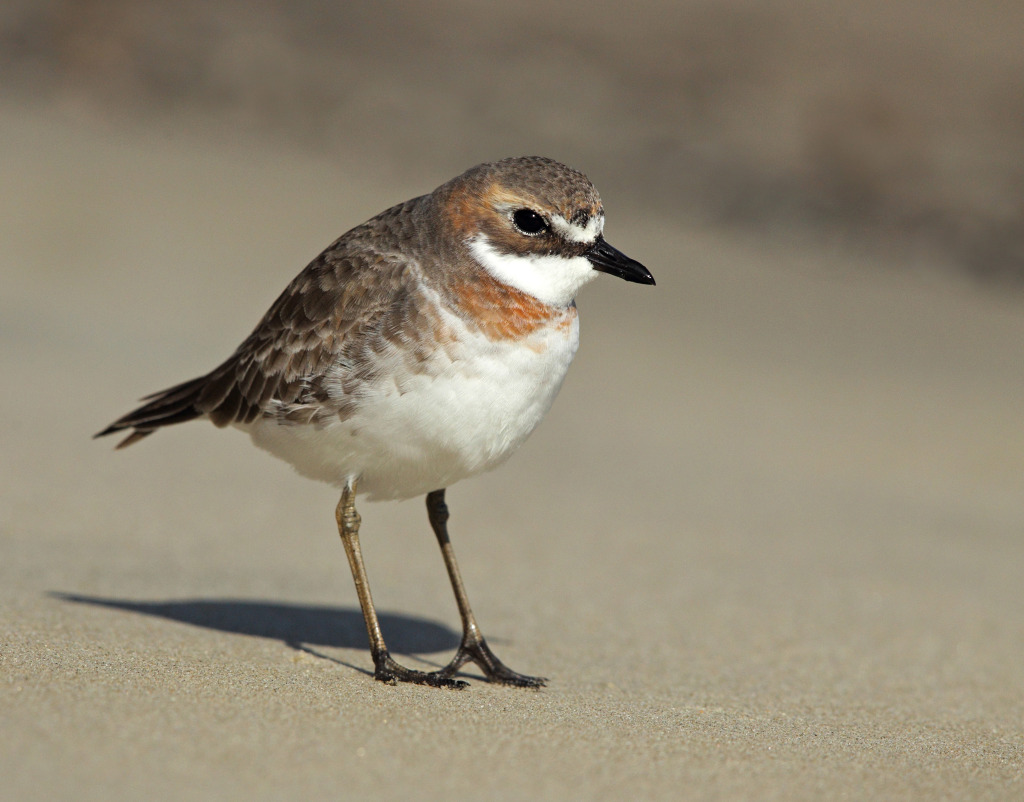
Mongolian Plover Charadrius mongolus ©Robin Newlin
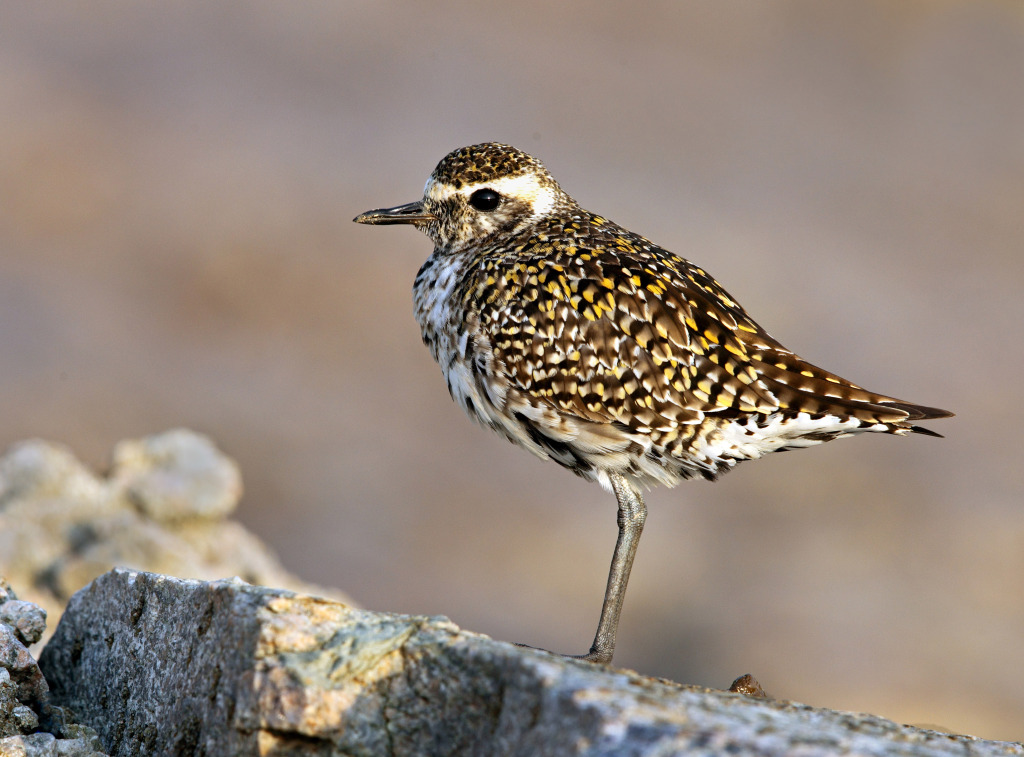
Pacific Golden Plover Pluvialus fulva ©Robin Newlin
The inner harbor, made marginally brackish by the influx of two small and one slightly larger stream and lined by some mossy and insect-rich stones,, serves as a haven for wagtails, swallows, kingfishers, and the occasional shorebird.
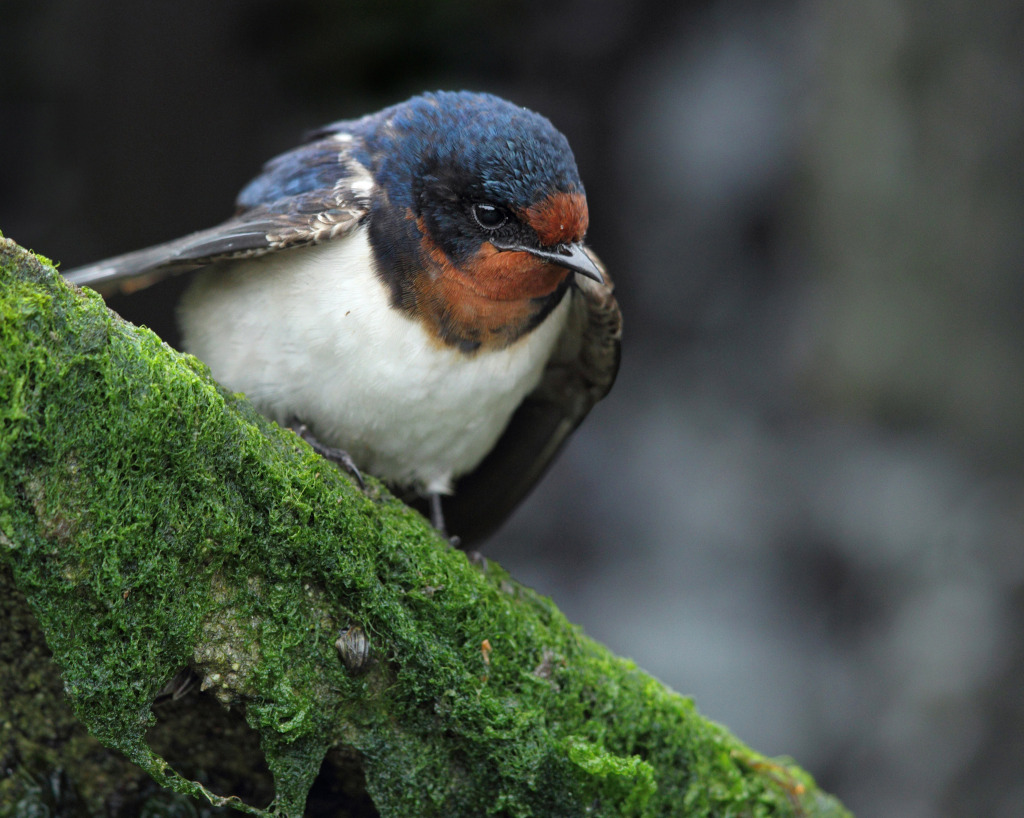
Barn Swallow Hirundo rustico ©Robin Newlin
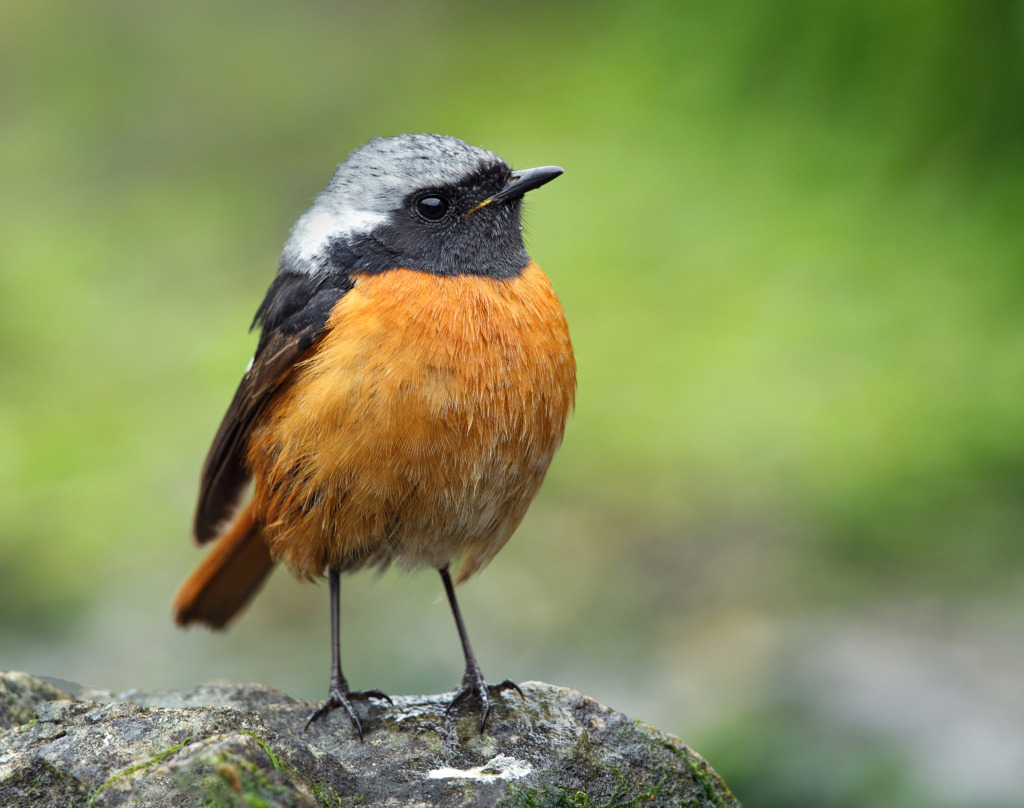
Daurian Redstart Phoenicurus auroreus ©Robin Newlin
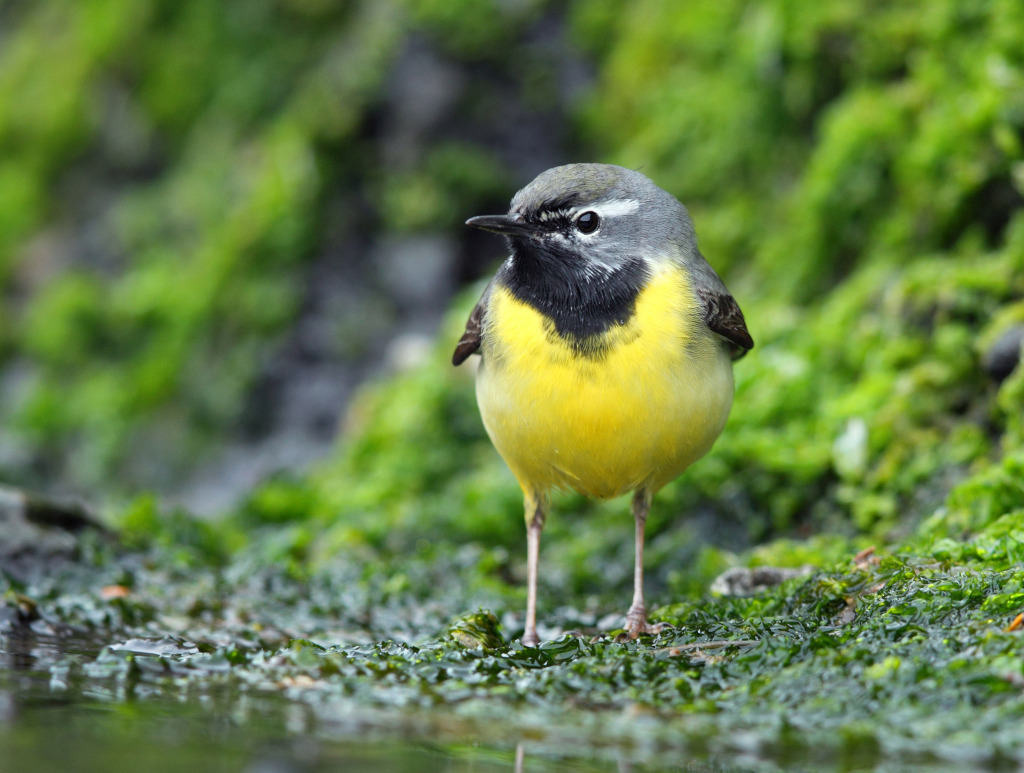
Grey Wagtail Motacilla cinerea ©Robin Newlin
Fishing is good there–minnows abound, and the large Soong Ah, although maybe (or not) beyond the wildest ambitions of a kingfisher, do attract and nourish cormorants.

Soong-ah Fish (comments on Korean, English or Linnaean names welcome). ©Robin Newlin
Temminck’s Cormorant Phalacrocorax capillatus ©Robin Newlin
4’21. Rain gone, replaced by rather chilly winds, and few birds in the morning especially. A drumming Great Spotted Woodpecker. An Eye-browed Thrush. Several Grey-backed Thrushes and a couple of Grey Thrushes. Highlight was an apparent Pandoo-type or Pandoo-influenced Blue Rock Thrush—overall blue, although with a few scattered rusty blotches on the face and a rusty vent. The afternoon saw a warming trend, and a marked increase in especially warblers, with many Yellow-browed Warblers calling, several Pallas’ Leaf Warblers, and a few each of Pale-legged Leaf and Eastern Crowned Warblers. Also very welcome: a small flock of Yellow-bellied Tits. Although flycatchers remained scarce, I saw a few more Blue-and-whites and single Narcissus and Yellow-rumped Flycatchers. Several Common Kingfishers seemed to be newly arrived along the boardwalk rockscapes. Scattered wagtails—White and Grey—near the main village, and a single Eastern Yellow Wagtail at the reservoir.
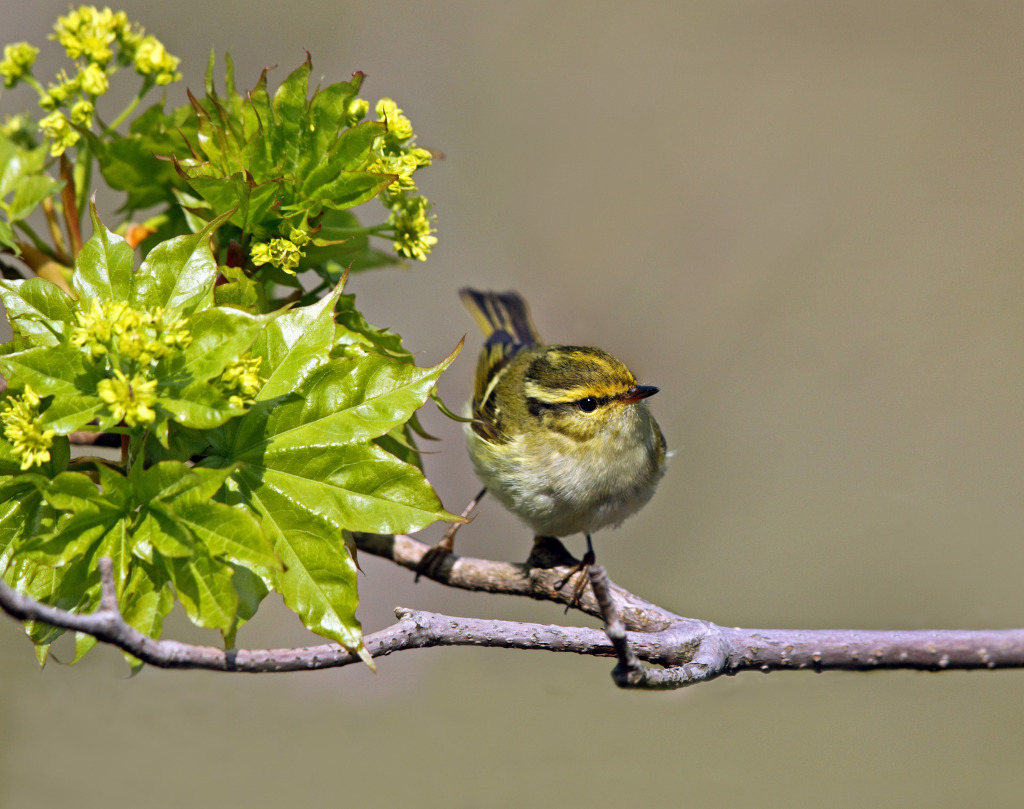
Pallas’ Leaf Warbler Phylloscopus proregulus ©Robin Newlin

Yellow-bellied Tit Pardaliparus venustulus ©Robin Newlin
4’22. The sense of clear-out continued. A few Wood Sandpipers and a single Marsh Sandpiper. The only Asian Brown Flycatcher of the trip. Pale Thrushes remain plentiful. A few Goldcrests and Varied Tits. Unseen Japanese White-eyes. A Greater Short-toed Lark. Warblers continue in good numbers, but only the Yellow-browed Warblers vocalize. A single Siberian Rubythroat. In the afternoon, a calling Oriental Scops Owl.

Pale Thrush Turdus pallidus ©Robin Newlin
4’23 Dense fog and cancelled boat. A Red-throated Pipit and Oriental Pratincole nevertheless managed to find the island … and I them.
4’24. A first-of-the-season Brown Shrike from the boardwalk. I spent most of the morning viewing the Pratincole from afar and the Common Kingfisher from close by.

Common Kingfisher Alcedo athis ©Robin Newlin
Fog lingered but sunlight predominated. From the boat: a farewell glimpse of of roosting egrets and gulls and, halfway to Gunsan, a single Little Tern.
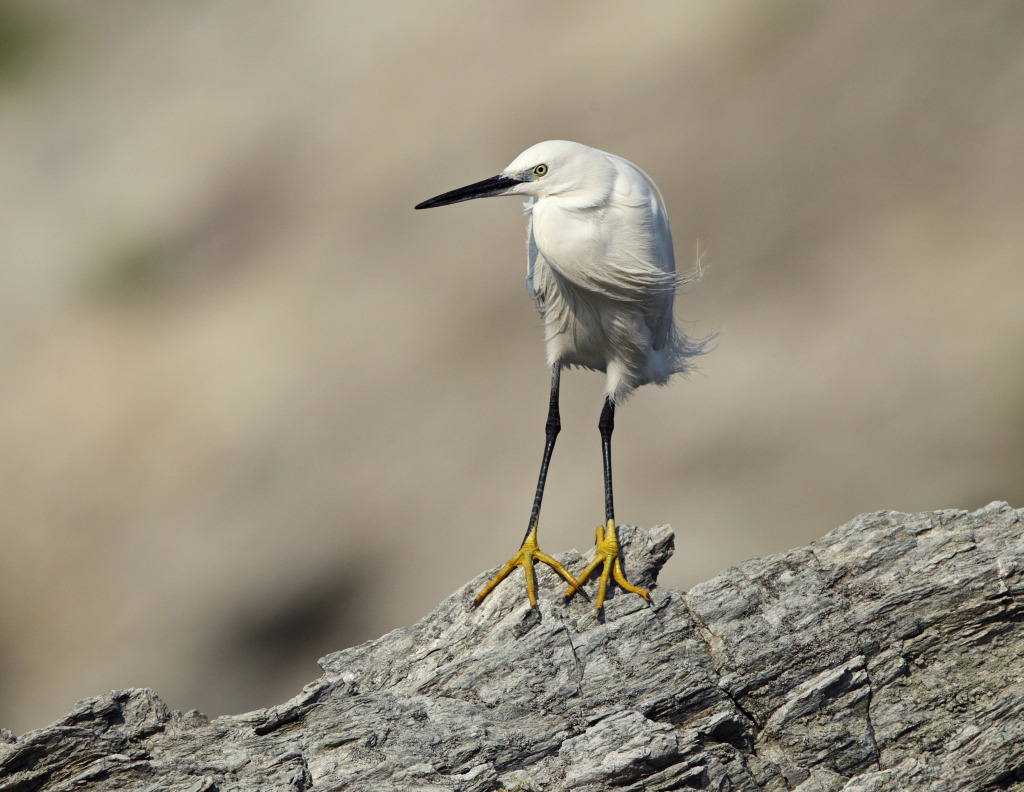
Little Egret Egretta Garzetta ©Robin Newlin


